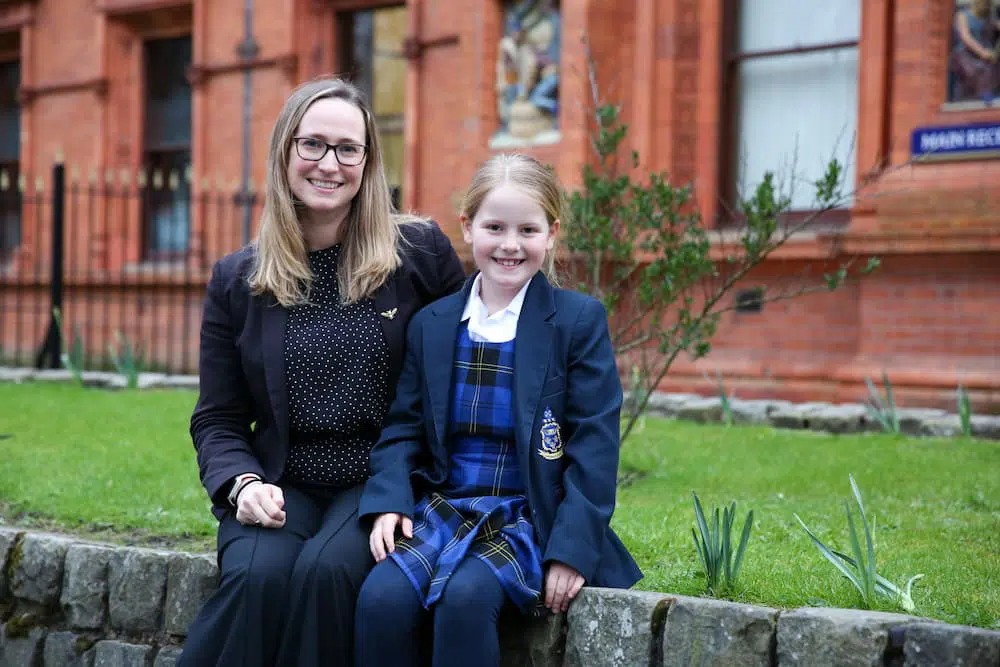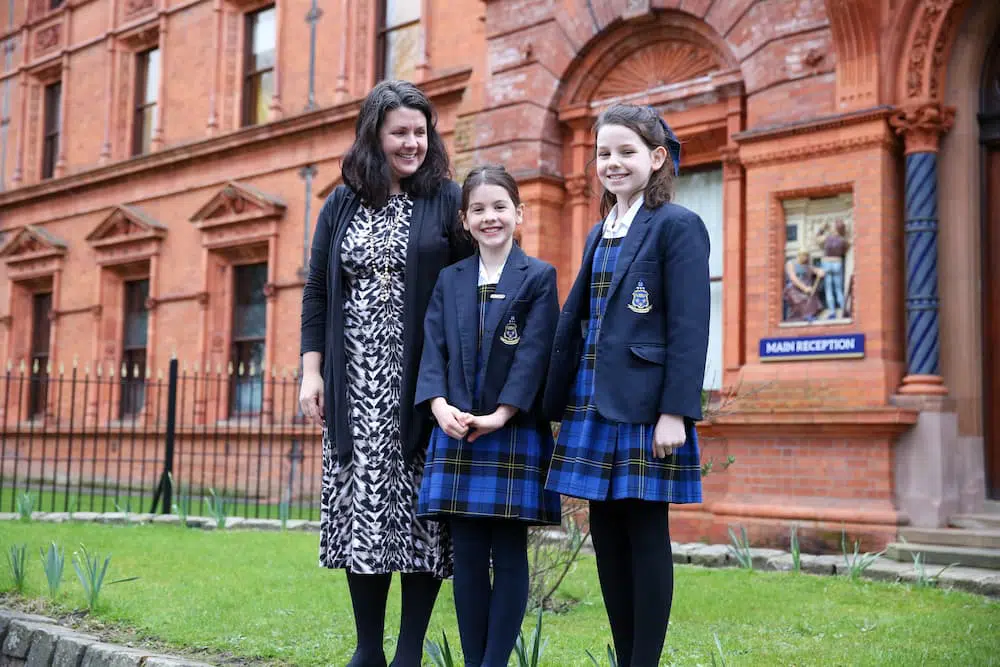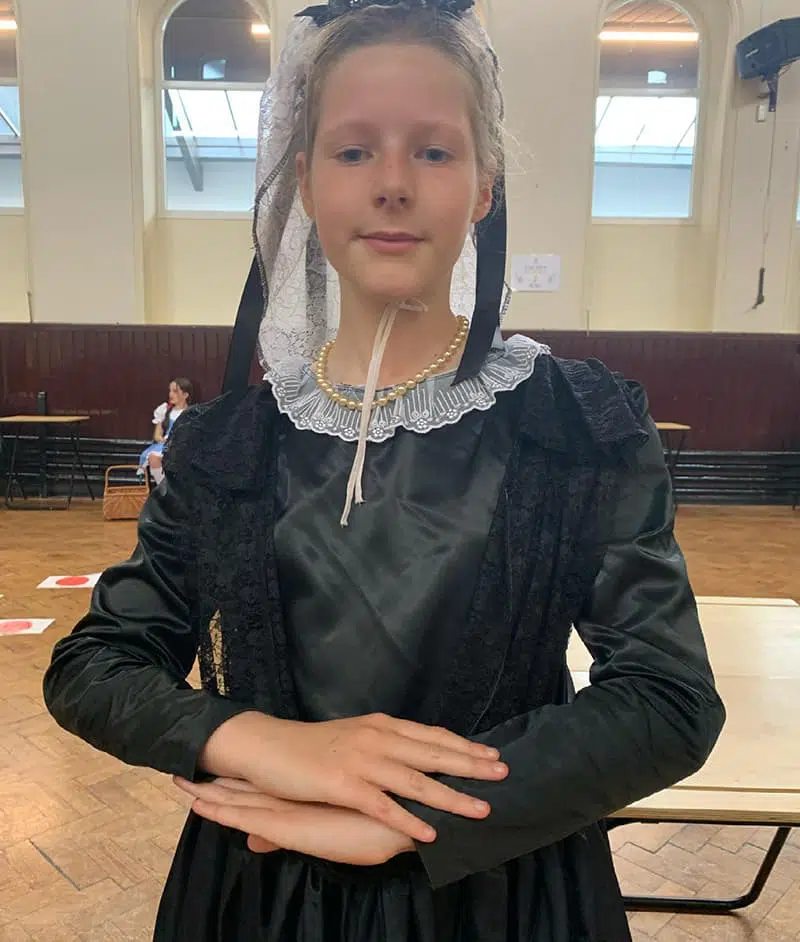We Celebrate Women’s Achievements

International Women’s Day is the perfect occasion to convey to the new generations why it is necessary to respect the differences that complement us and lead us to live in harmony and to the full. The struggle of thousands of women and men over time has allowed us to enjoy a more just and equitable society today, although in some parts of the world there are still inequalities and a lack of opportunities for some women, we cannot deny that they have been achieved important advances that, many years ago, were unthinkable.


Every March 8 takes on a special value at St. Bede’s, because we celebrate what each of the women in the Bedian family has achieved and will be able to achieve from her particular space. All of them, to our pride, contribute to the development of society, becoming agents of change and giving way to other women as well.


At St. Bede’s we celebrate the achievements, triumphs and goals of our girls. We know that their effort and dedication mean great changes for the future, perhaps those changes that the world needs to see. Although there is still a long way to go, we know that the qualities, talents and characteristics of each of them will be the inspiration for the women of tomorrow who want to change the world, such as Rosa Parks, Malala Yousafzai, Saint Teresa of Calcutta, among others. Being able to actively intervene in the different spheres of today’s society helps to reaffirm their feminine identity, such an essential role in modern times.




A bit of history
International Women’s Day was created out of a labour movement in New York in 1908 when fifteen thousand women marched through the city demanding better pay, shorter working hours and the right to vote; a year later the first National Women’s Day was declared.
Then in 1910 Clara Zetkin addressed the International Conference of Working Women in Copenhagen suggesting the creation of an international day. The one hundred delegates from seventeen countries passed the vote unanimously. So the First International Women’s Day was celebrated in 1911. It became official in 1975 when the United Nations started to celebrate the day. In 1996 the first theme for the day was created: ‘Celebrating the past, planning for the future’. The date of the 8 March dates back to a ‘Bread and Peace’ strike by women in Russia in 1917 leading to the abdication of Tsar Nicholas II and the right to vote being granted to women in Russia. The colours purple, green and white represent justice and dignity, hope, and purity.
Today IWD recognises the achievements in women in all aspects of business, politics, and society and in Prep we have a long tradition of celebrating the achievements of remarkable, brave and inspirational women. We have produced podcasts with successful local women, welcomed celebrated and inspirational scientists and writers to school and shared in the successes of our own talented and inspirational children.



International Women’s Day Assembly on 8 March
On Tuesday, Dr McMonagle and several students delivered an assembly to celebrate the 111th International Women’s Day. The Sixth Form were told about the origins of the day and how we have seen a significant step back in the global fight for women’s rights over the past year. The resurgence of the Taliban in Afghanistan, the increase in violence against women during the pandemic and the double discrimination and barriers that BAME women face in society are all obstacles to overcome. This year’s theme is “Gender equality today for a sustainable tomorrow.” The climate crisis is not “gender neutral”: women and girls experience the greatest impacts of climate change, thus amplifying existing gender inequalities and posing unique threats to their livelihoods, health, and safety. We learned about how women can be at the forefront of providing solutions to climate change and are a powerful force in climate action.




